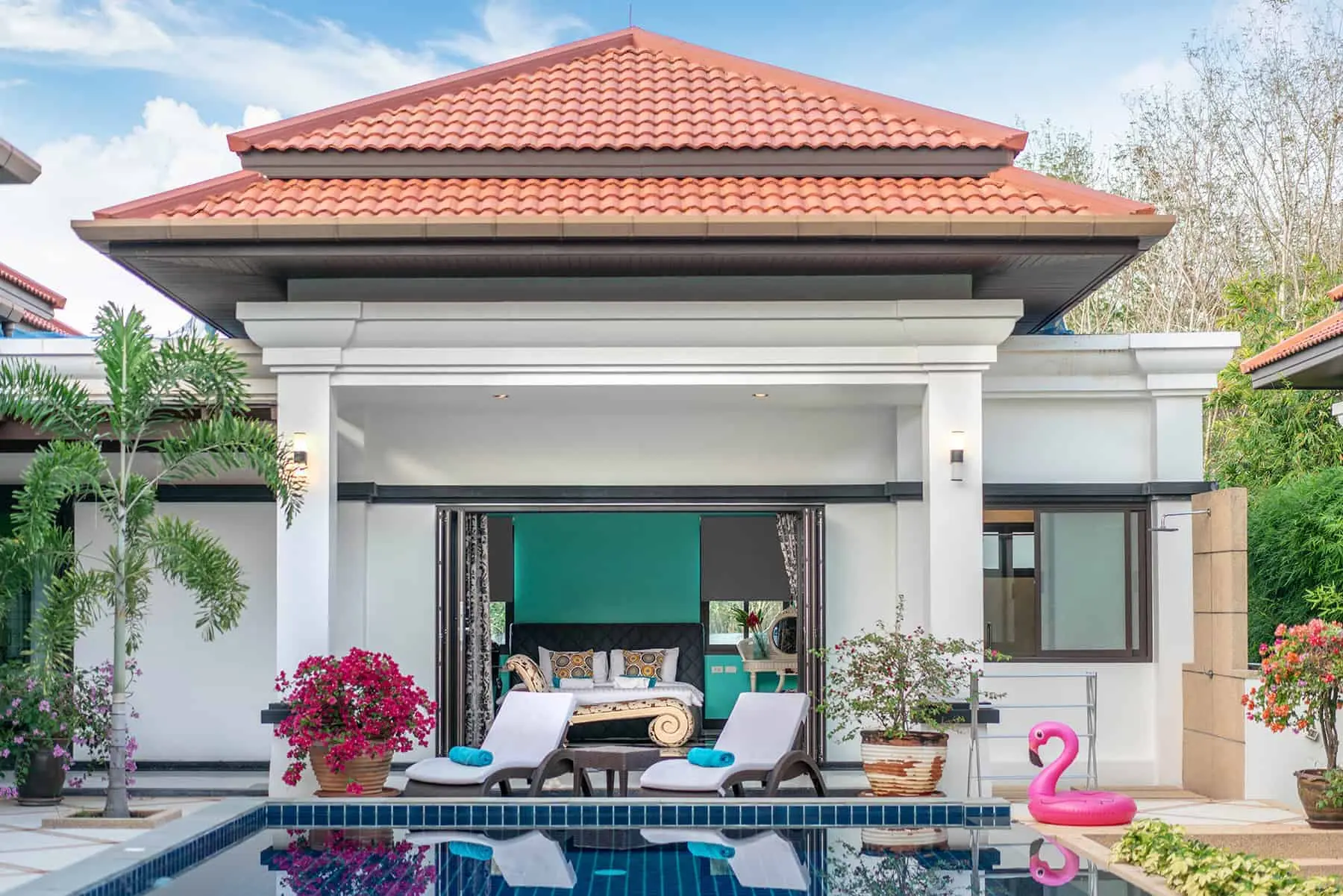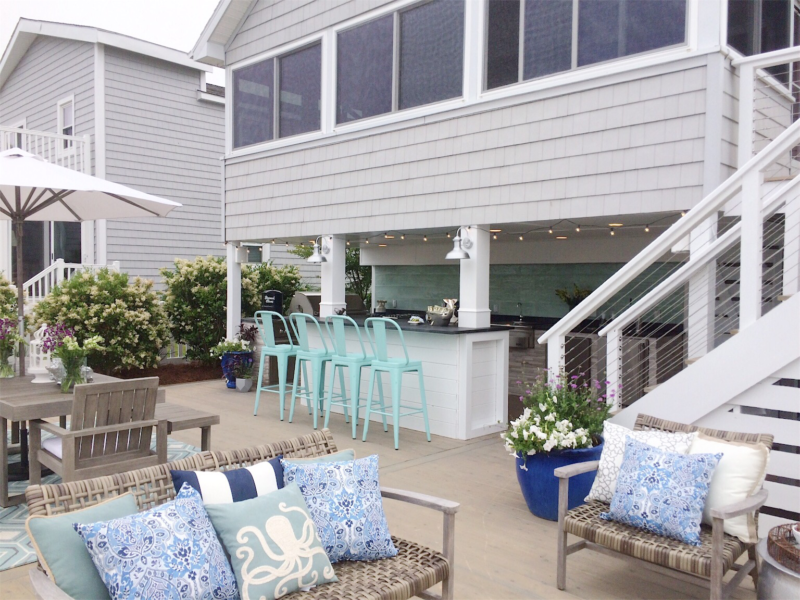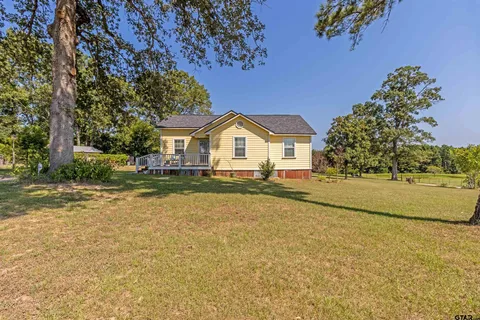Roof Shapes: Exploring Styles, Benefits, and Practical Use

When planning or remodeling a home, one of the most essential architectural decisions is the roof shape. The roof isn’t just a structural necessity—it plays a vital role in defining the character, energy efficiency, and durability of a building. With many roof shapes available, each offering unique advantages, homeowners and builders often wonder which style suits their needs best.
Whether you’re looking to improve your home’s aesthetic, increase attic space, or optimize for weather resistance, understanding the different roof shapes can guide your decision. This guide dives deep into various styles, their characteristics, and the practical reasons behind their use.
Why Roof Shape Matters
Function Meets Form
A roof’s shape does more than determine a house’s curb appeal. It affects:
- Drainage: Certain shapes shed water and snow better.
- Wind Resistance: Some designs handle strong winds more effectively.
- Cost: Complex shapes often increase material and labor costs.
- Ventilation and Insulation: Roof height and slope can improve airflow.
- Space Utilization: Some roof styles allow for usable attic or loft areas.
Choosing the right roof shape means balancing beauty, function, climate, and budget.
Common Roof Shapes and Their Features
Gable Roof
What It Is:
A classic triangular roof with two sloping sides that meet at a ridge.
Key Benefits:
- Easy and inexpensive to build.
- Excellent drainage for rain and snow.
- Allows for attic or vaulted ceiling space.
Ideal For:
Cold and temperate climates.
Hip Roof
What It Is:
A roof with four sloping sides, all meeting at a peak or ridge.
Key Benefits:
- Very stable and durable.
- Performs well in high-wind and hurricane zones.
- Offers consistent eaves on all sides.
Ideal For:
Regions with extreme weather or high winds.
Mansard Roof
What It Is:
A four-sided gambrel-style roof with two slopes on each side—lower slope steeper than the upper.
Key Benefits:
- Maximizes interior living space (great for lofts or attics).
- Adds elegance and French-inspired style.
- Can be adapted for future additions.
Ideal For:
Urban or historic homes seeking more space.
Flat Roof
What It Is:
A nearly level roof with a slight pitch for water drainage.
Key Benefits:
- Cost-effective and easy to build.
- Ideal for rooftop gardens, solar panels, or patios.
- Easier maintenance and inspections.
Ideal For:
Modern homes, commercial buildings, and dry climates.
Gambrel Roof
What It Is:
A two-sided roof with two slopes on each side, similar to a barn roof.
Key Benefits:
- Offers maximum headroom and storage.
- Simple framing process.
- Great for sheds, barns, and colonial-style homes.
Ideal For:
Storage buildings or homes seeking a rustic look.
Butterfly Roof
What It Is:
Two roof surfaces that slope down toward the center, resembling butterfly wings.
Key Benefits:
- Unique, modern aesthetic.
- Allows large windows for natural light.
- Great for rainwater collection.
Ideal For:
Sustainable or modern architecture.
Shed Roof
What It Is:
A single sloping surface, often used in modern or minimalist designs.
Key Benefits:
- Simple and affordable.
- Great for additions or extensions.
- Effective for solar panel placement.
Ideal For:
Contemporary homes or extensions.
Dome Roof
What It Is:
A rounded, spherical roof typically used in towers or decorative structures.
Key Benefits:
- Adds uniqueness and elegance.
- Structurally strong and wind-resistant.
Ideal For:
Gazebos, cupolas, or niche architecture.
Choosing the Right Roof Shape for Your Home
Climate Considerations
- Heavy Rain/Snow: Gable and hip roofs offer great runoff.
- High Winds: Hip roofs and dome roofs withstand strong gusts.
- Hot Climates: Flat roofs allow for cooling systems or reflective materials.
Aesthetic Preferences
- Traditional homes suit gable or gambrel roofs.
- Modern designs pair well with flat, butterfly, or shed roofs.
- Elegant or historical homes may benefit from mansard or dome styles.
Budget Constraints
- Cheapest: Gable and shed roofs.
- Most Expensive: Mansard and complex combinations.
Roofing Materials by Shape
While almost any roof shape can accommodate a variety of materials, some combinations are more effective:
| Roof Shape | Common Materials | Notes |
|---|---|---|
| Gable | Asphalt shingles, metal | Easy to install, widely used |
| Hip | Tiles, metal, asphalt | Requires more material due to complexity |
| Flat | PVC, EPDM rubber, tar & gravel | Requires waterproofing layers |
| Mansard | Slate, metal, wood shingles | Needs lightweight options on steep sides |
| Dome | Copper, lead, synthetic | Needs flexible material for curves |
Pros and Cons of Each Roof Shape
Summary Comparison Table
| Roof Shape | Pros | Cons |
|---|---|---|
| Gable | Simple, affordable, great runoff | Vulnerable to wind uplift |
| Hip | Stable, wind-resistant | Costlier due to complexity |
| Mansard | Maximizes space, elegant | Expensive, complex drainage |
| Flat | Usable roof area, easy access | Poor drainage, not for heavy snow |
| Gambrel | Extra space, charming design | Not ideal for high wind zones |
| Butterfly | Modern, eco-friendly | Can be expensive to construct |
| Shed | Minimalist, solar panel-friendly | Limited attic space |
| Dome | Aesthetic, aerodynamic | Complex and costly to build |
Frequently Asked Questions
What is the most common roof shape?
The gable roof is the most common due to its simplicity, efficiency, and adaptability.
Which roof shape is best for snow?
Steep gable or hip roofs are ideal for heavy snow since they allow it to slide off easily.
Are flat roofs good for homes?
Yes, especially in dry climates. They’re modern and functional but require proper waterproofing.
What roof shape is best for energy efficiency?
Butterfly and shed roofs are often used in energy-efficient homes because they support solar panels and natural light.
Conclusion
Choosing the right roof shape involves more than just aesthetics—it’s a decision that affects your home’s functionality, efficiency, cost, and resilience. From the classic gable to the ultra-modern butterfly, every roof style brings its own strengths and challenges. Whether you’re building a new home or remodeling an existing one, understanding your options will help you make a smarter, long-lasting investment.



